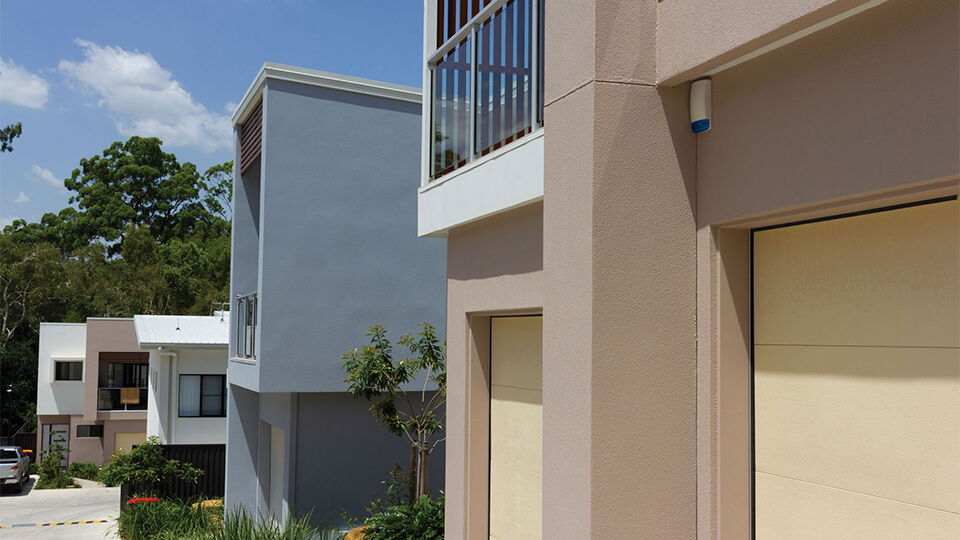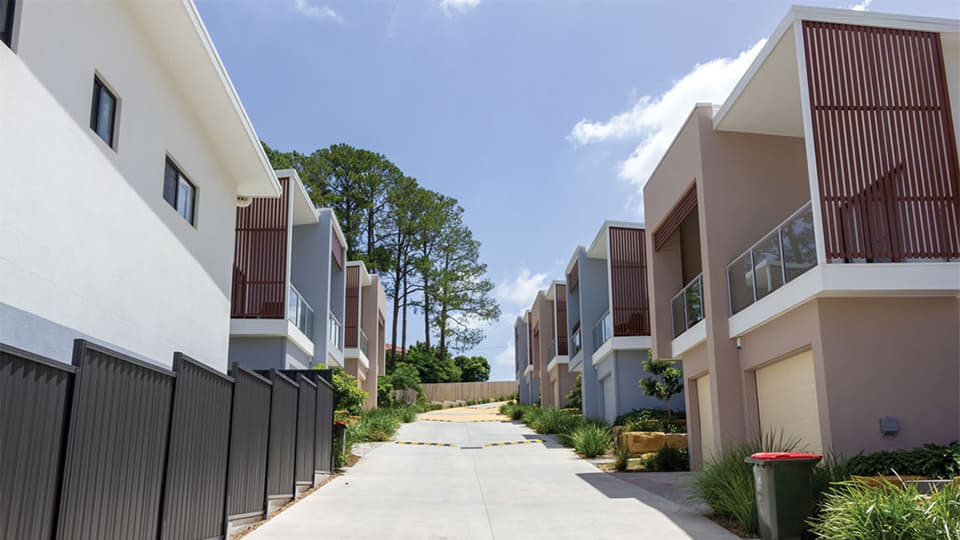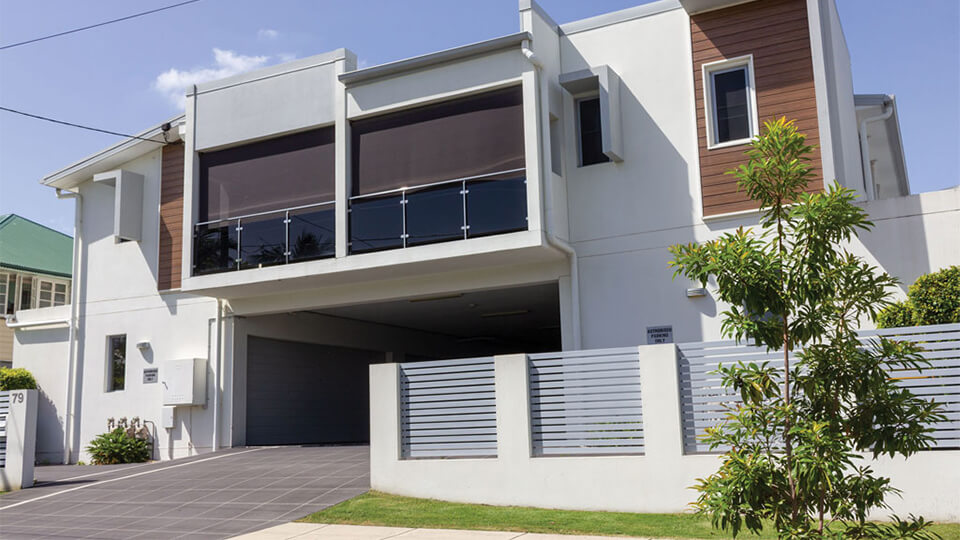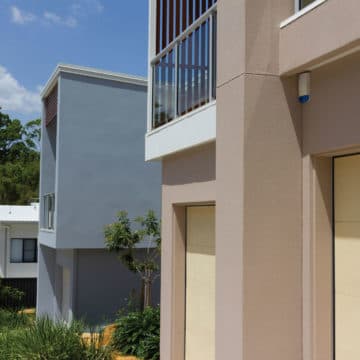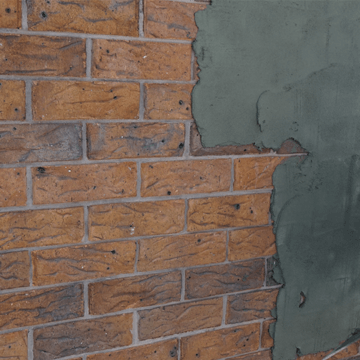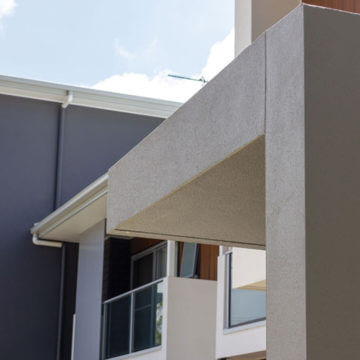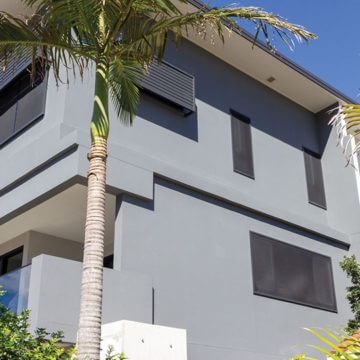If choosing a colour for your home seems like a daunting commitment, you are not alone! Here at RSA, we are here to help. Below are a few recommendations that you may wish to consider when choosing the colour for your render.
Your outdoor area may have a combination of surfaces that may include render, texture, timber, corrugated iron, glass and cladding. Unlike choosing a colour scheme on the project’s interior, the exterior has many aspects to consider.
Light vs dark coloured render
One of the Most important things to consider when choosing a colour for your home is whether you choose a light or a dark colour for the project.
Weather: lighter coloured render
If you live in a warmer region, it may be more viable to choose a lighter coloured render. Light colours will aid in reflecting the sun and heat over the hotter periods. This light reflection helps keep your home cooler by absorbing less heat than a darker colour. bright white colours may appear quite bright when exposed to the sun and so it may be more viable to use a cream or light grey colour for the larger portion of your home.
Weather: darker coloured render
Dark colours can absorb up to 70 to 90 percent of the sun’s radiant energy. This is then transferred into your home, holding more heat than a lighter colour would If you live in a hot climate like Queensland and your home is mostly exposed to the sun, the darker render colours will absorb a lot more heat. As darker colours absorb the heat, your home is likely to become warmer, so this is something to take into consideration.
Ultraviolet Radiation (UV Radiation)
As a result of the sun and UV light, colours will slowly fade over time. Darker colours fade much faster than lighter colours as they absorb a lot more heat and UV radiation. Light colours tend to reflect and bounce light, rather than absorbing it which is why they retain their true colour for a longer period of time.
Colour schemes
As a general rule of thumb, an exterior colour scheme is often made up three colours. The colours should account for the three main areas of your home. The large areas such as walls and surfaces, the trims and corner board areas and the accents such as architectural features and doors etc.
The large areas of the house are what you will commonly notice first. If you are renovating an existing area, it is important to choose a colour scheme that will complement the colour of the existing roof. For example, if you have a dark grey or charcoal coloured roof, you may consider colours with similar tones, in a lighter colour to complement the colour scheme.
Take the guess work out of choosing your render colour by considering the environmental conditions, the effects of UV light and on the colour scheme you want to work with. Our render products are available for tinting and have been designed to best cope with these influences. We can put you in touch with an experienced applicator or answer any other questions that you may have by calling 1800 077 744.

